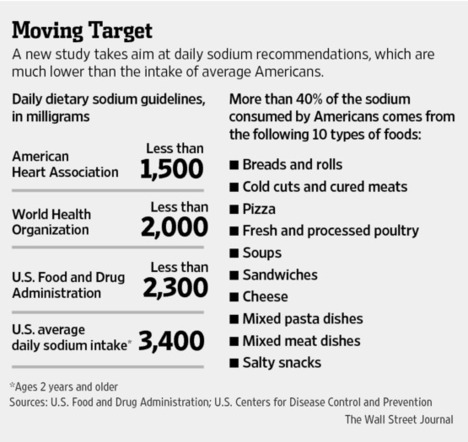What did Waksman lack to pursue the streptomycin antibiotic sooner? Enough independent funding? Alertness? Enough desire to make a ding in the universe? Enough unhappiness about unnecessary death? Willingness to embrace the hard work of embracing dissonant facts?
(p. 83) Waksman missed several opportunities to make the great discovery earlier in his career, but his single-mindedness did not allow for, in Salvador Luria’s phrase, “the chance observation falling on the receptive eye.” In 1975 Waksman recalled that he first brushed past an antibiotic as early as 1923 when he observed that “certain actinomycetes produce substances toxic to bacteria” since it can be noted at times that “around an actinomycetes colony upon a plate a zone is formed free from fungous and bacterial growth.” In 1935 Chester Rhines, a graduate student of Waksman’s, noticed that tubercle bacilli would not grow in the presence of a soil organism, but Waksman did not think that this lead was worth pursuing: “In the scientific climate of the time, the result did not suggest any practical application for treatment of tuberculosis.” The same year, Waksman’s friend Fred Beau-dette, the poultry pathologist at Rutgers, brought him an agar tube with a culture of tubercle bacilli killed by a contaminant fungus growing on top of them. Again, Waksman was not interested: “I was not moved to jump to the logical conclusion and direct my efforts accordingly…. My major interest at that time was the subject of organic matter decomposition and the interrelationships among soil micro-organisms responsible for this process.”
Source:
Meyers, Morton A. Happy Accidents: Serendipity in Modern Medical Breakthroughs. New York: Arcade Publishing, 2007.
(Note: ellipsis in original.)

